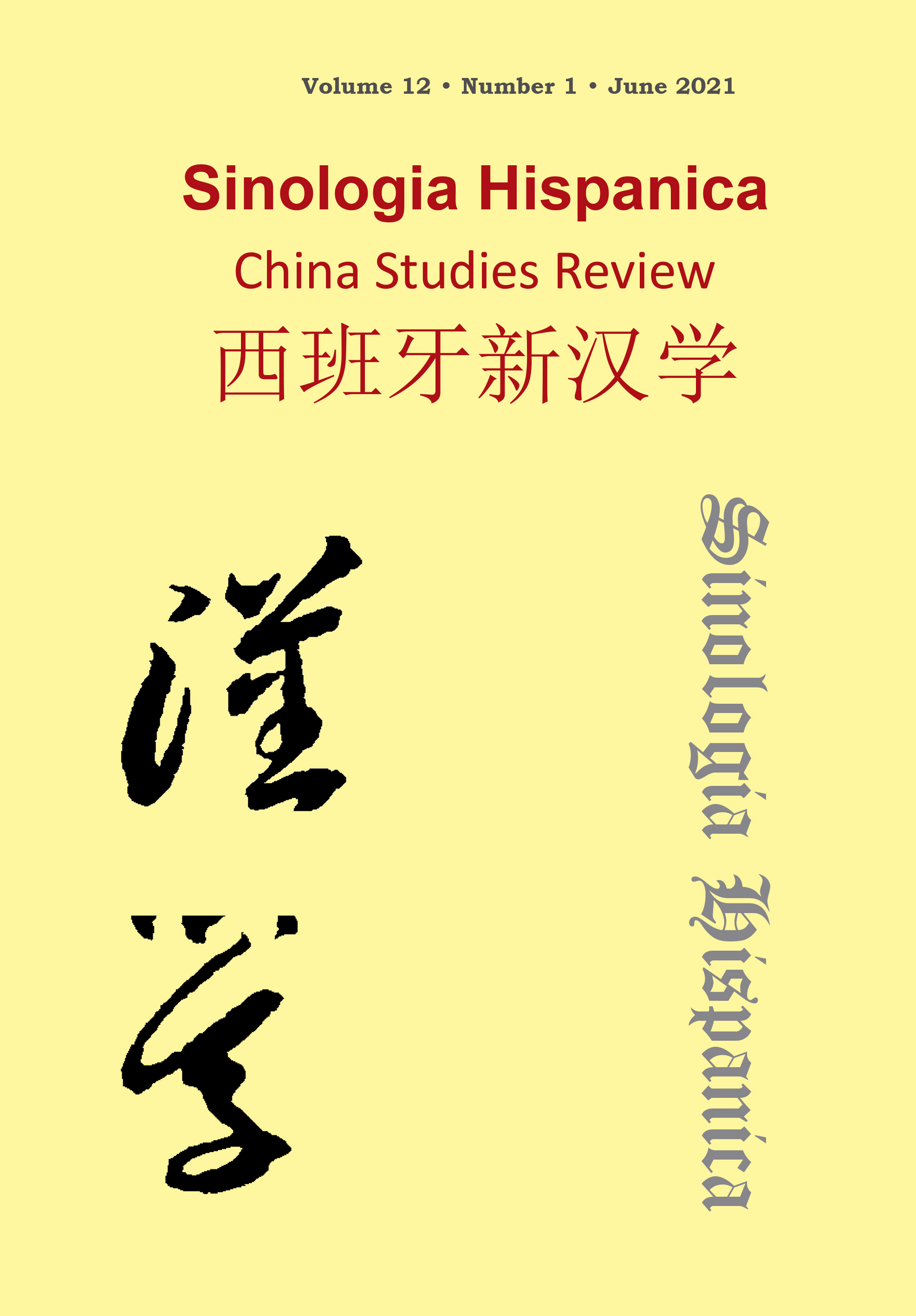When I say it’s fine, it is fine: Functions of Meishi-er (It’s fine) by Mandarin-speakers in conversations
DOI:
https://doi.org/10.18002/sin.v12i1.7109关键词:
Meishi-er, Sequential role, Interactional function, Chinese摘要
This study aims to investigate the Mandarin-speaker’s use of a frequently occurring responsive marker — Meishi-er (It’s fine) — when interacting in ordinary Chinese scenarios to examine how the use of this marker reflects the speaker’s communicative skills and the characteristics of the interaction. The data consisted of 261 segments of Mandarin conversations which were retrieved from Chinese TV dramas. The results show that Meishi-er is primarily used as a head act and occasionally as a supportive move in the speech act sequence. These uses indicate the collaborative or supportive stance adopted by the speaker, which can help him/her to establish and maintain relationships with his/her counterparts. Second, Meishi-er is primarily used in response to an expression of thanks or an apology, as an expression of consolation, as refusal and self-disclosure avoidance strategies, and a tool for terminating arguments in interpersonal communication, which reflect the speaker’s communicative and social competence. As a rapport-oriented backchannel, Meishi-er has been shown to be one of the preferred responses in communication. In addition, the Mandarin-speaker’s use of Meishi-er not only demonstrates the speaker’s need to cater for facework, but also reflects the particular nature of harmony-driven interaction in ordinary Chinese contexts.Downloads
Métricas alternativas
Downloads
已出版
How to Cite
期
栏目
License
Copyright (c) 2021 Li Yuanyuan, Mao Yansheng

This work is licensed under a Creative Commons Attribution-NonCommercial-ShareAlike 4.0 International License.
Sinología Hispánica. China Studies Review considers all manuscripts on the strict condition that:
- The authors assign the exploitation rights (reproduction, distribution, public communication and transformation) of the work accepted for publication to the University of León on a non-exclusive basis. Authors can establish, on their own, additional agreements for the non-exclusive distribution of the version of the work published in the journal (for example, placing it in an institutional repository or publishing it in a book), always acknowledging the initial publication. in this magazine.
- The manuscript is your own original work and does not duplicate any other previously published work, including your own previously published work.
- The manuscript is not currently under consideration or peer review, nor accepted for publication, nor in press, nor published elsewhere.
- The manuscript contains nothing that is abusive, defamatory, libellous, obscene, fraudulent, or illegal.
- Please note that Sinologia Hispanica uses Turnitin software to screen manuscripts for unoriginal material. By submitting your manuscript to Sinologia Hispanica you are agreeing to any necessary originality checks your manuscript may have to undergo during the peer-review and production processes. Any author who fails to adhere to the above conditions will be rejected.
- Authors are allowed and encouraged to electronically disseminate the pre-printed versions (version before being evaluated) and / or post-printing (version evaluated and accepted for publication) of their works before publication, since it favors their circulation and dissemination more early and with it, a possible increase in its citation and reach among the academic community.
Sinologia Hispanica is under an international license Creative Commons Attribution-Noncommercial-Share Alike 4.0. You can read more about this license in an informative version and legal text.








